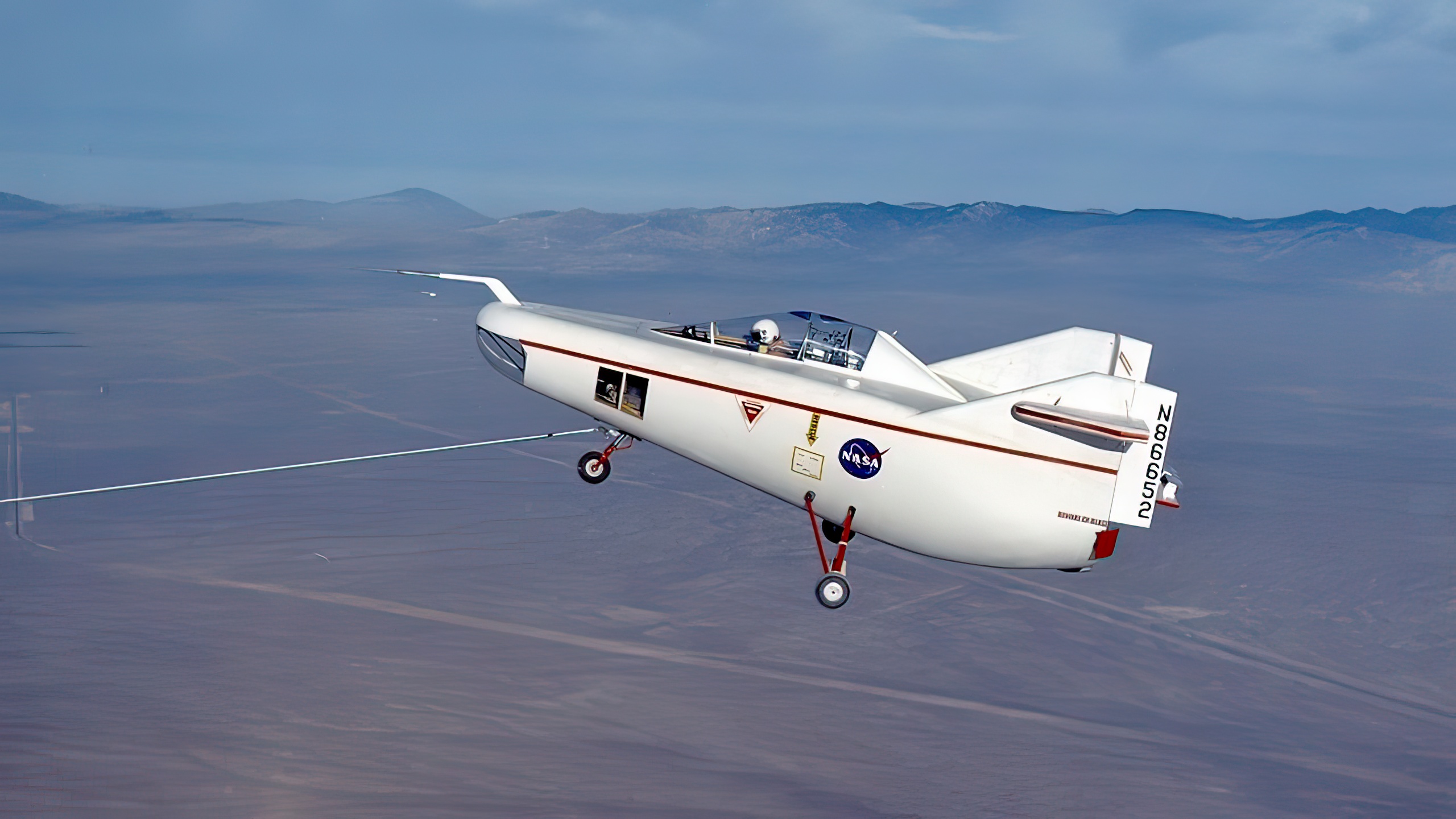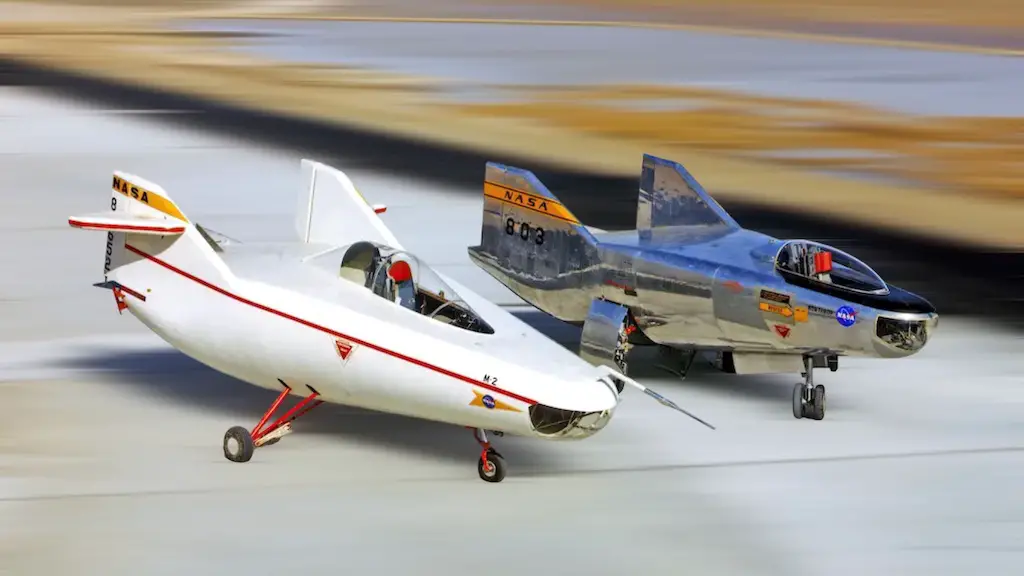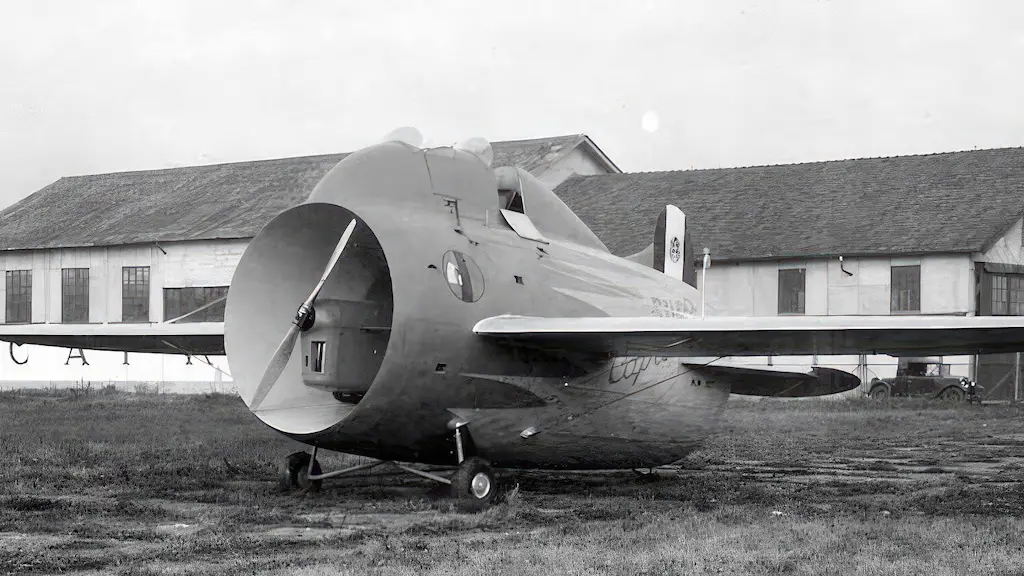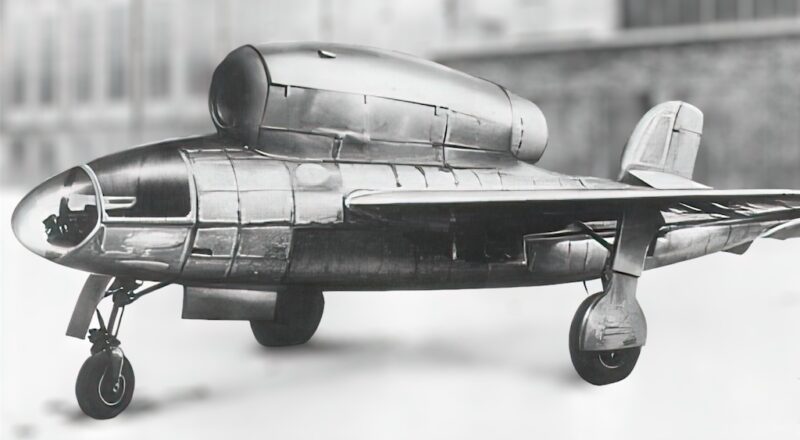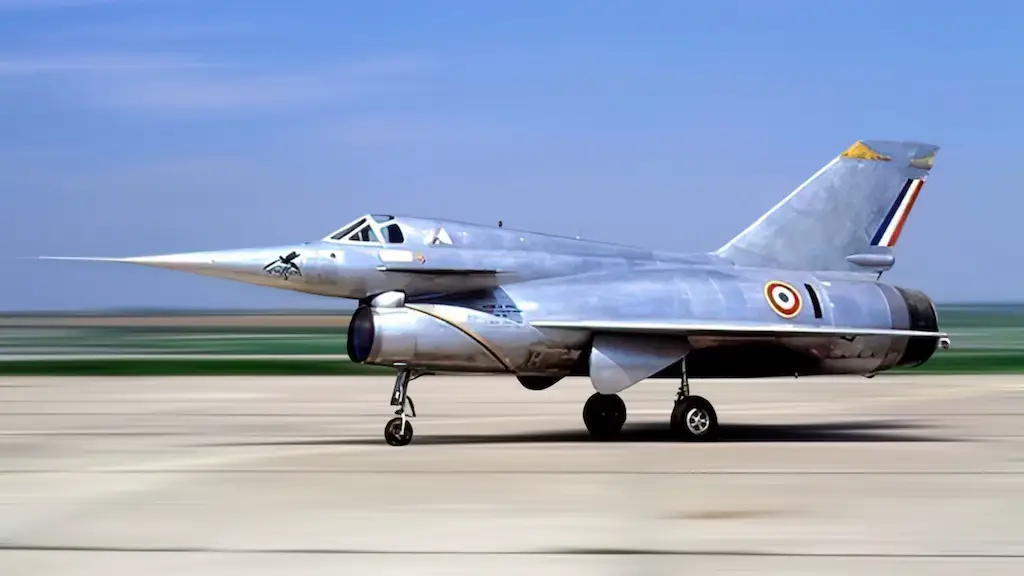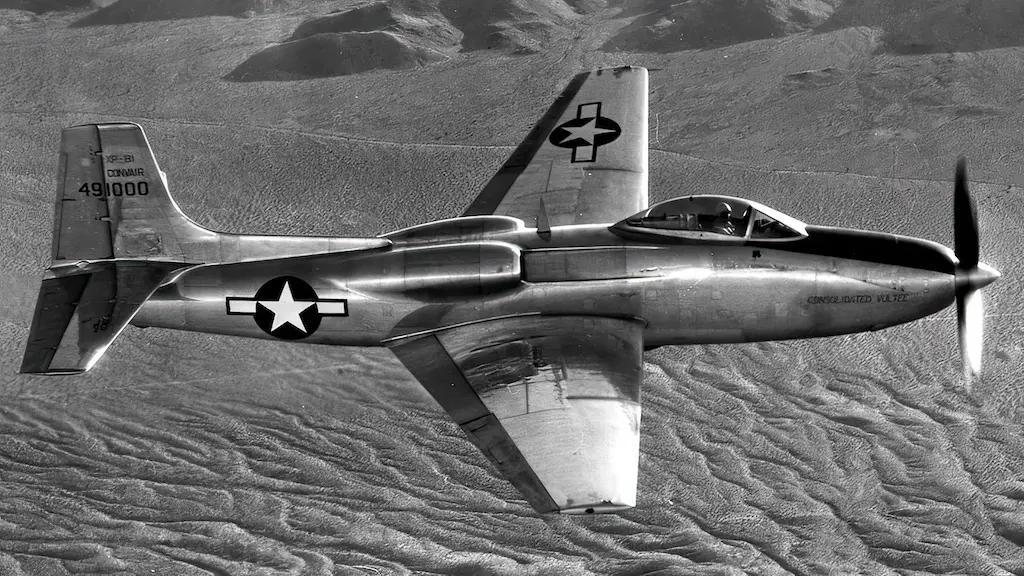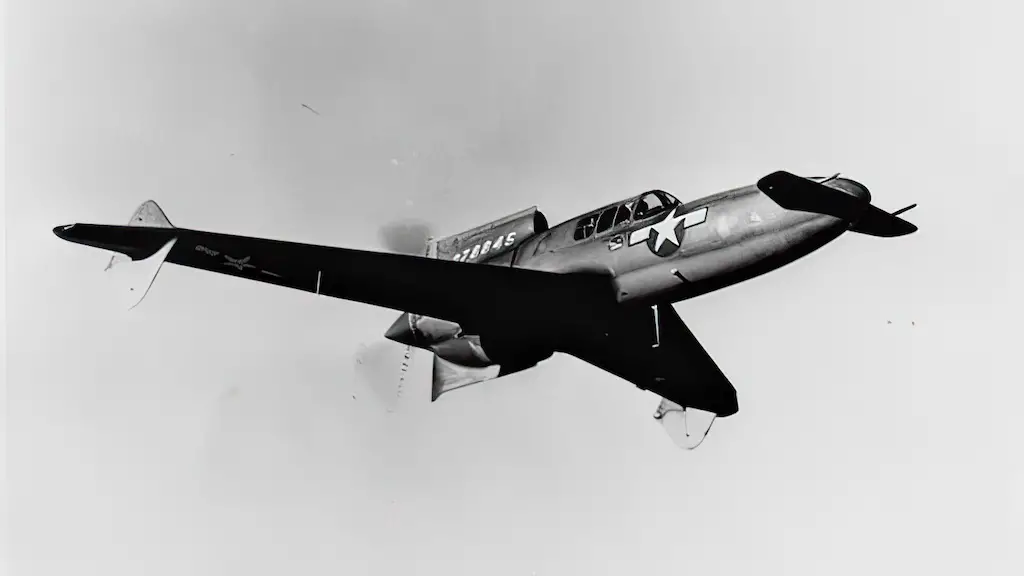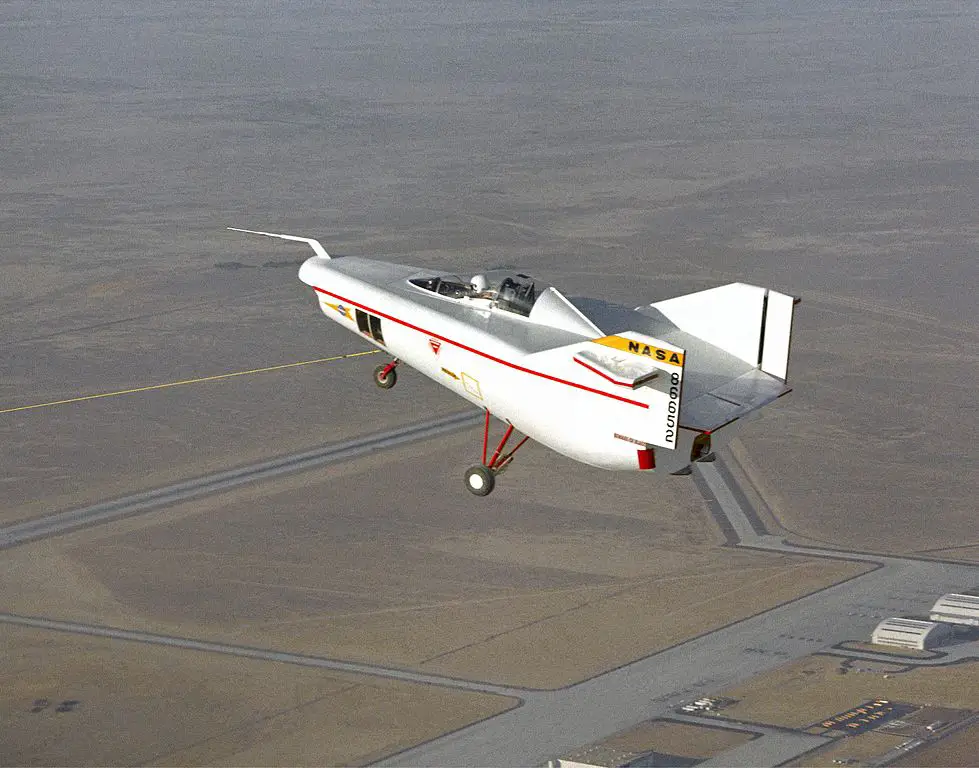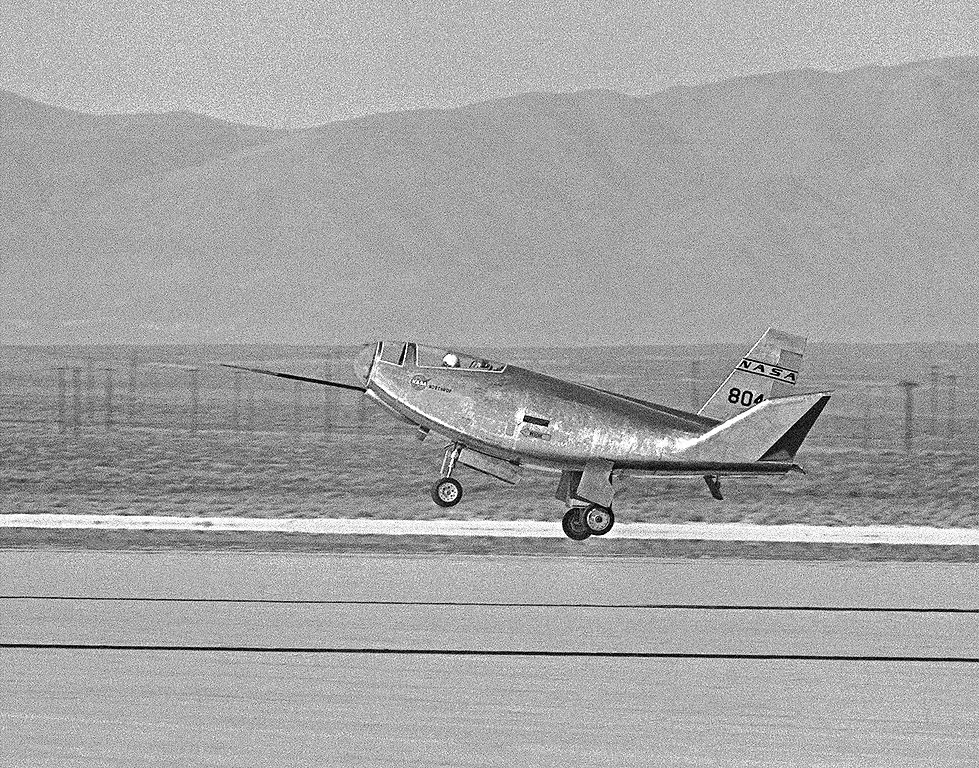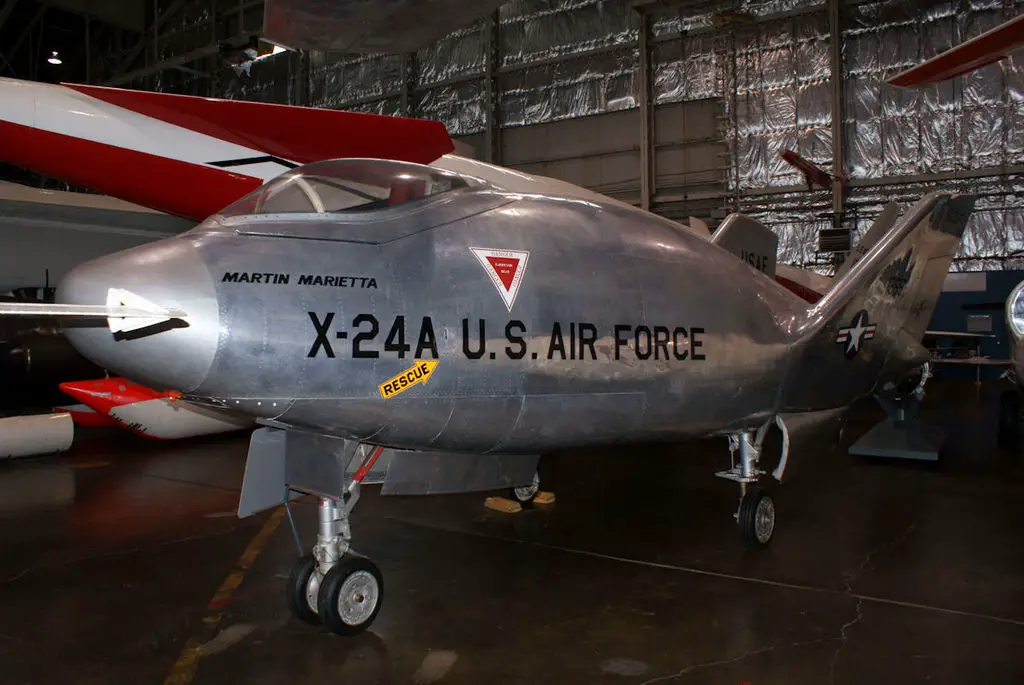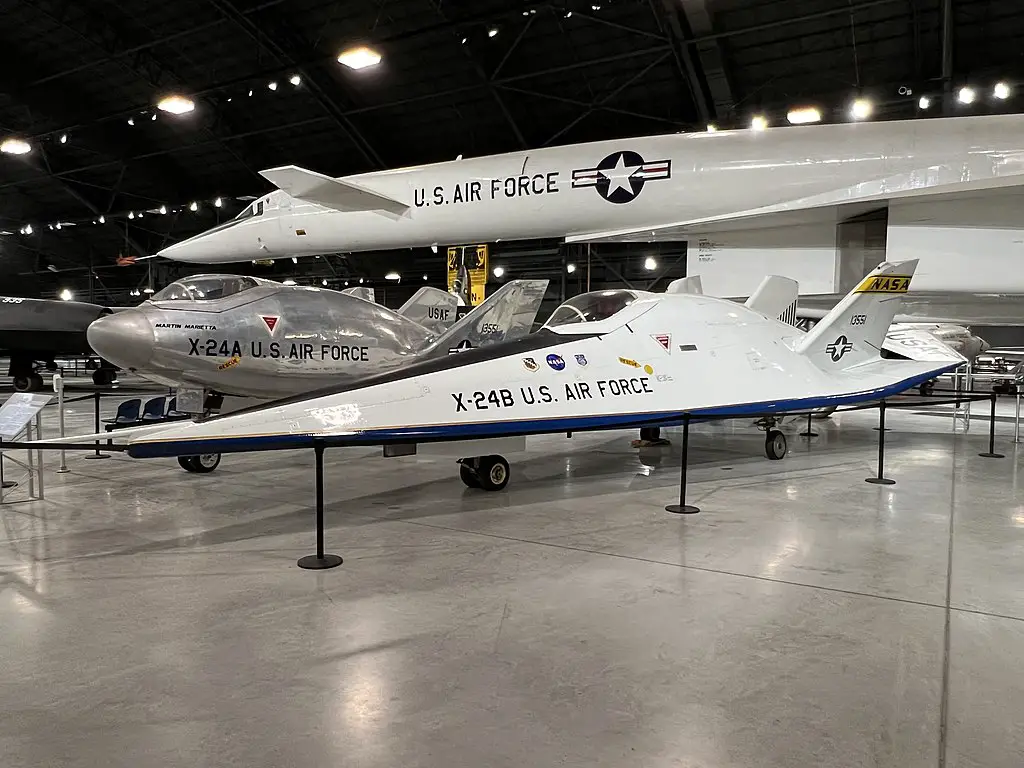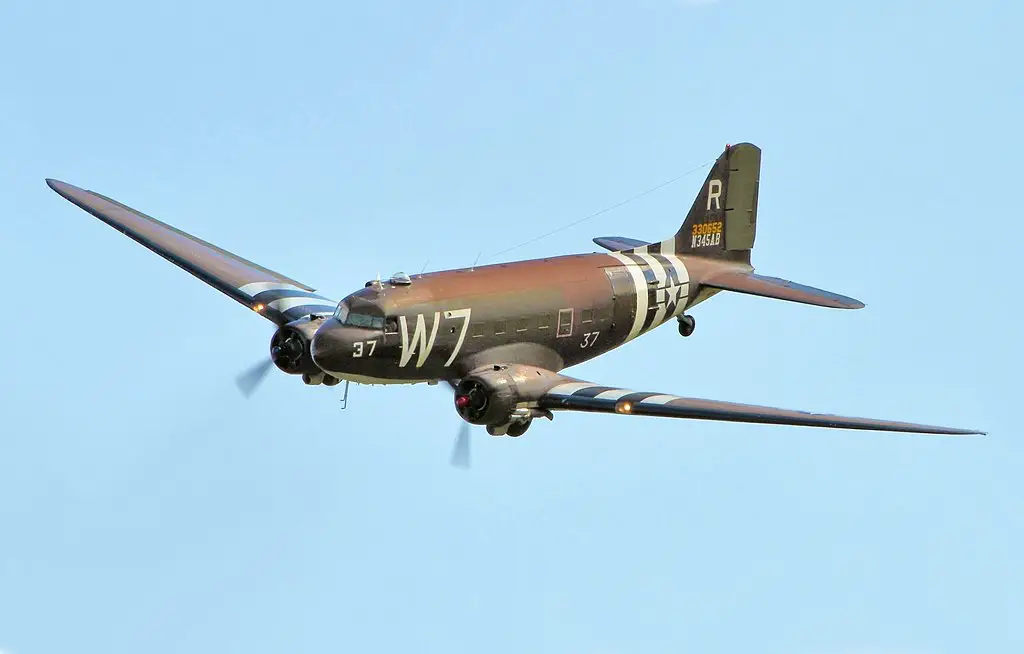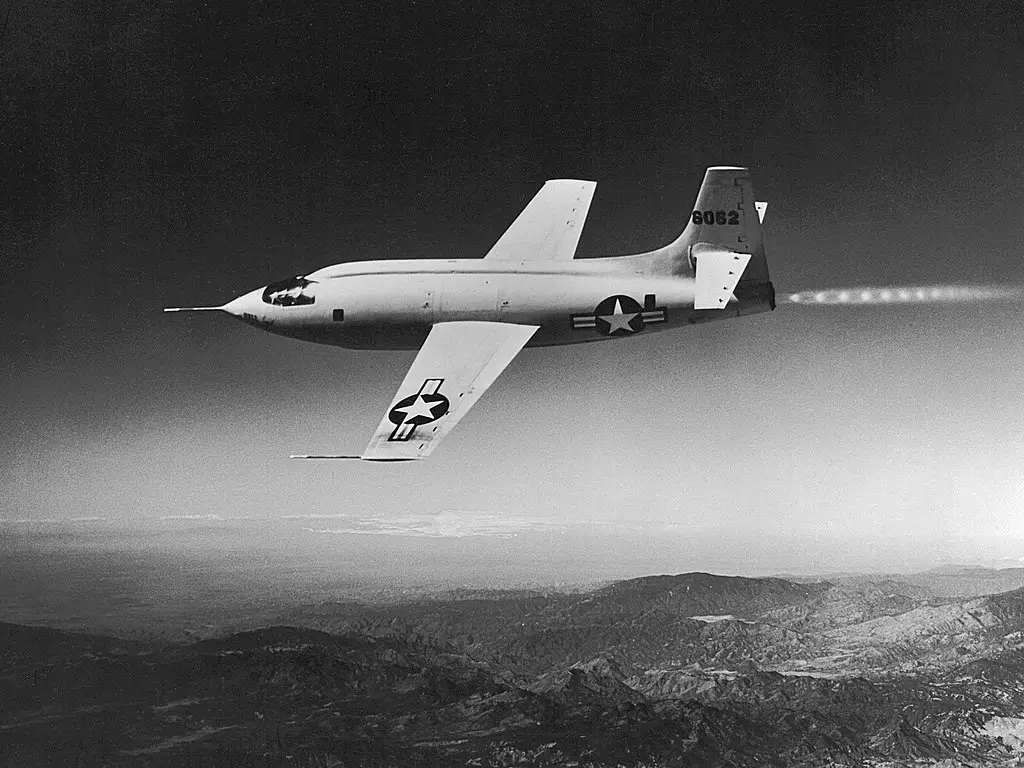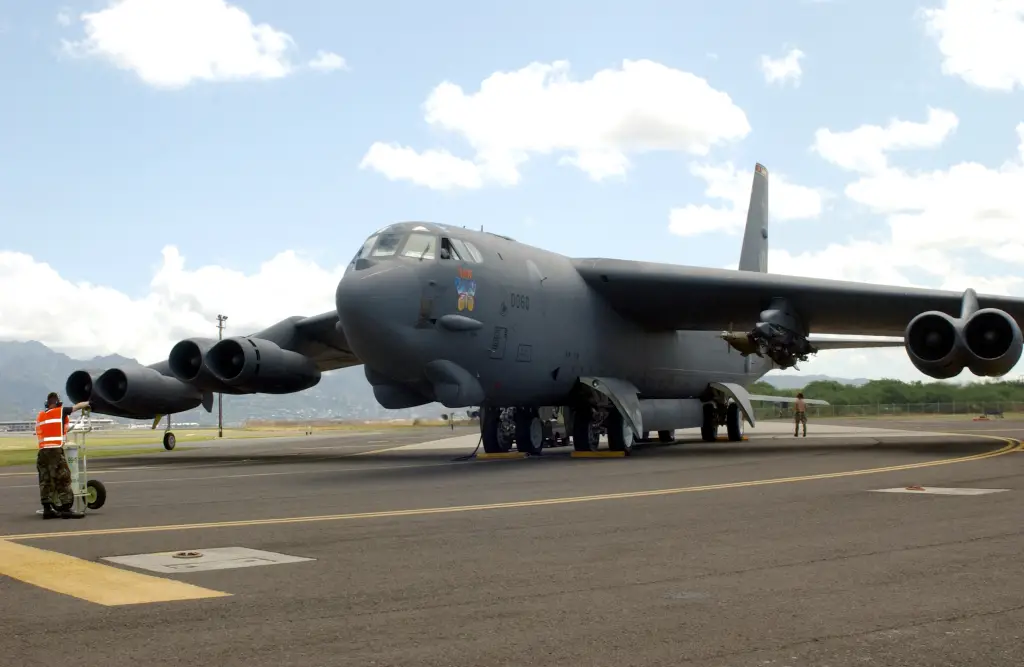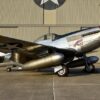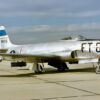An aircraft depends on its wings, which generate lift keeping it in the air. But the wing is not the only part of a plane that can produce lift. So too can the fuselage. Especially, if it specially designed for that purpose. Besides, wings create a lot of drag. Aircraft designers thought about engaging the fuselage in lift generation from the very dawn of aviation.
Such arrangement didn’t make much sense for slow propeller-driven aircraft, though. But the arrival of supersonic age and, especially, the advent of space travel, opened up a whole new prospect for the concept.
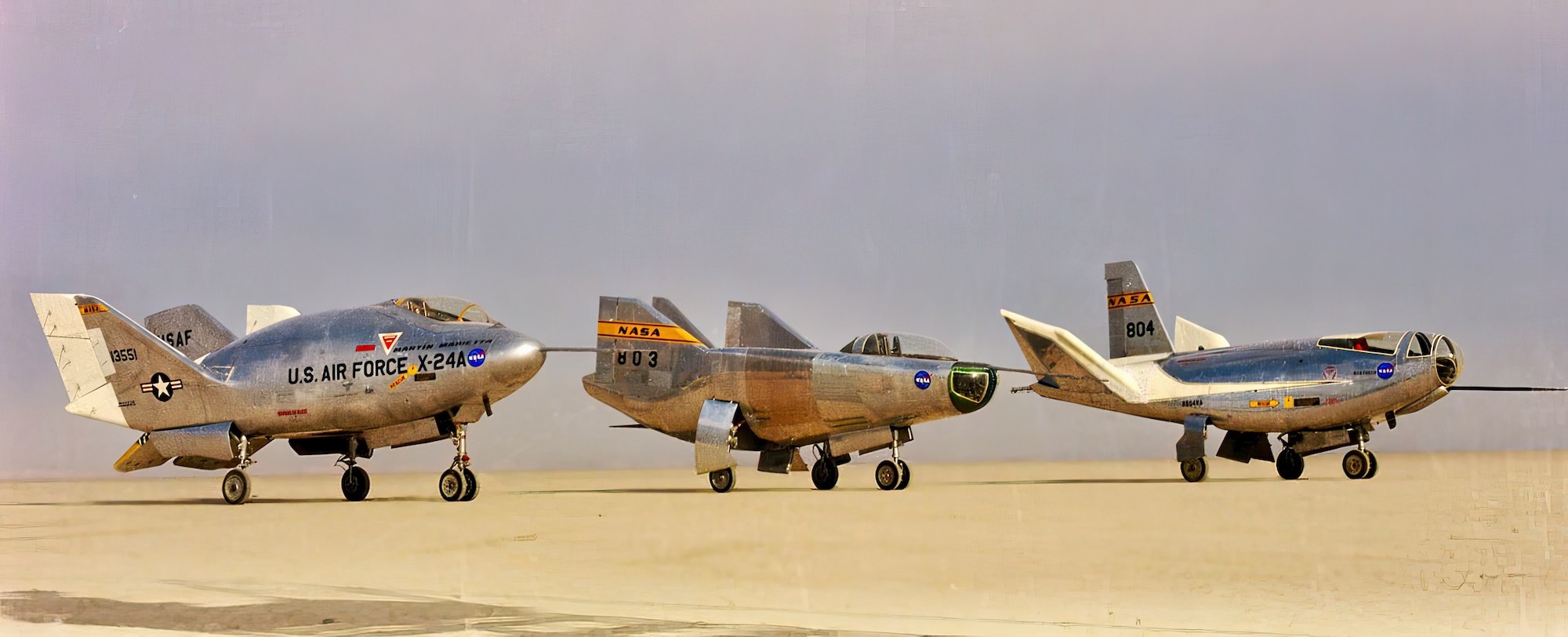
Why fall back if you can fly back?
In late 1950s the Ames Aeronautical Laboratory was investigating the problems related to re-entry of missile nose cones. Dr. Alfred J. Eggers Jr. found that slight modifications to symmetrical nose cone shape could produce aerodynamic lift. Consequently, a vehicle featuring such shape could fly back from space instead of falling to the Earth following a ballistic trajectory.
Although devoid of wings, it could be fitted with fins and control surfaces for control and stabilization. Returning from a space flight, such vehicle could land on a predesignated runway instead of parachuting to a rather random location, as was the case with ballistic capsules used in early space programs, such as Mercury and Apollo.
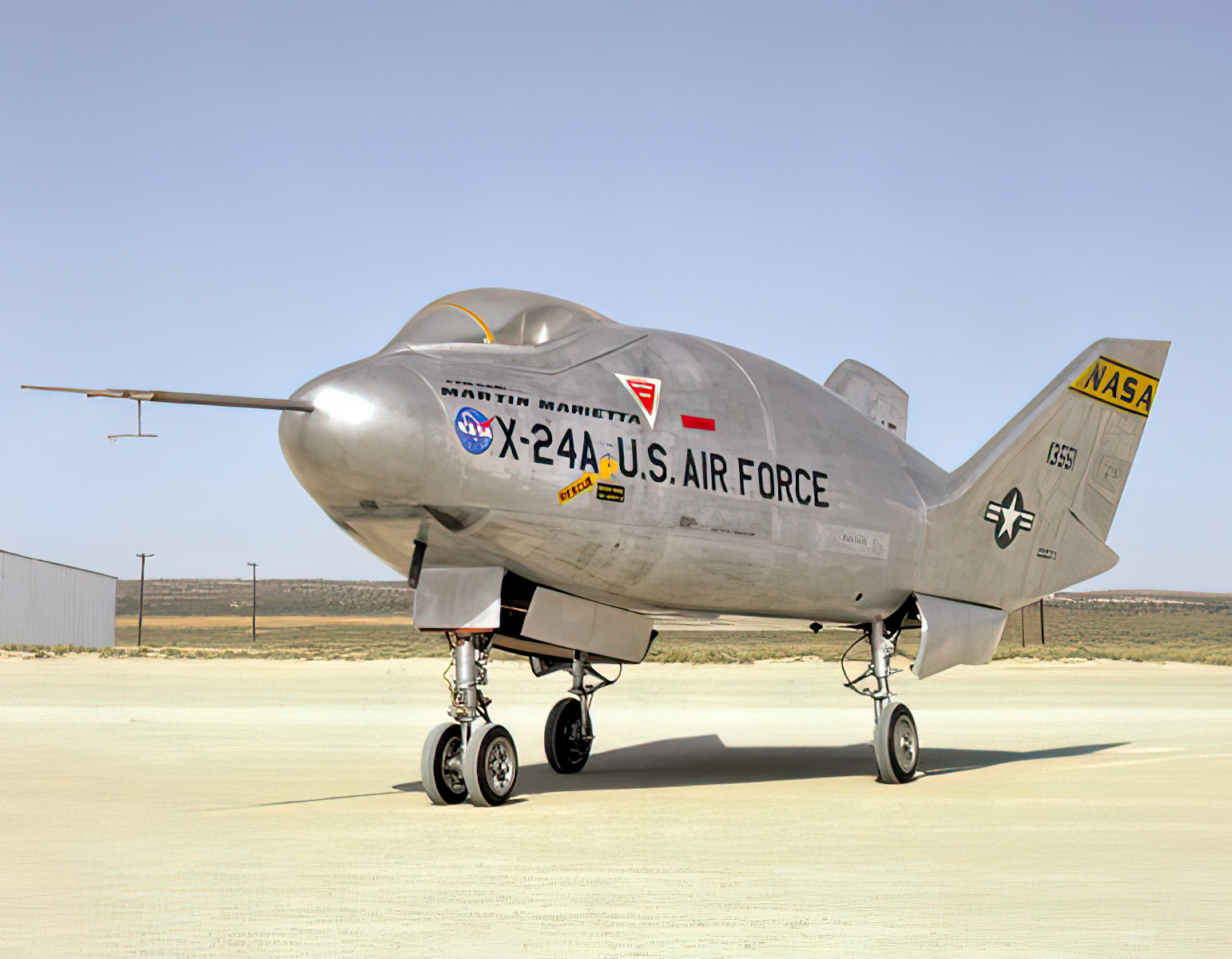
NASA fleet of wingless flying vehicles
To validate the idea, NASA tested half a dozen different lifting bodies at the Flight Research Center in Edwards, California, between 1963 and 1975. From an early comic-looking M2-F1 nicknamed “Flying Bathtub” to supersonic HL-10 and X-24 designs built by Northrop and Martin.
In the first tests involving the unpowered “Flying Bathtub” it was simply towed by a car at 120 mph. Next, a C-47 Skytrain towed the M2F-1 to an altitude of 12,000 ft and released it to glide back to the ground. All the following prototypes were powered by XLR-11 rocket engine previously used on Bell X-1.
Soon NASA was testing a much heavier supersonic lifting body, the HL-10. A modified B-52 Stratofortress dropped it from an altitude of about 45,000 ft. Propelled by its rocket engine, the HL-10 then soared to up to 90,000 ft at speeds reaching Mach 1.8, before gliding steeply to the ground and landing at about 200 mph.
At the later stages of the program, research into lifting body capabilities also drew attention of the US Air Force. It joined NASA to test such vehicles as the X-24A and X-24B for its purposes. While the lifting bodies mostly landed on the surface of Rogers Dry Lake, the X-24B, the last vehicle build under the program, also performed two successful precise landings on the concrete Edwards runway.
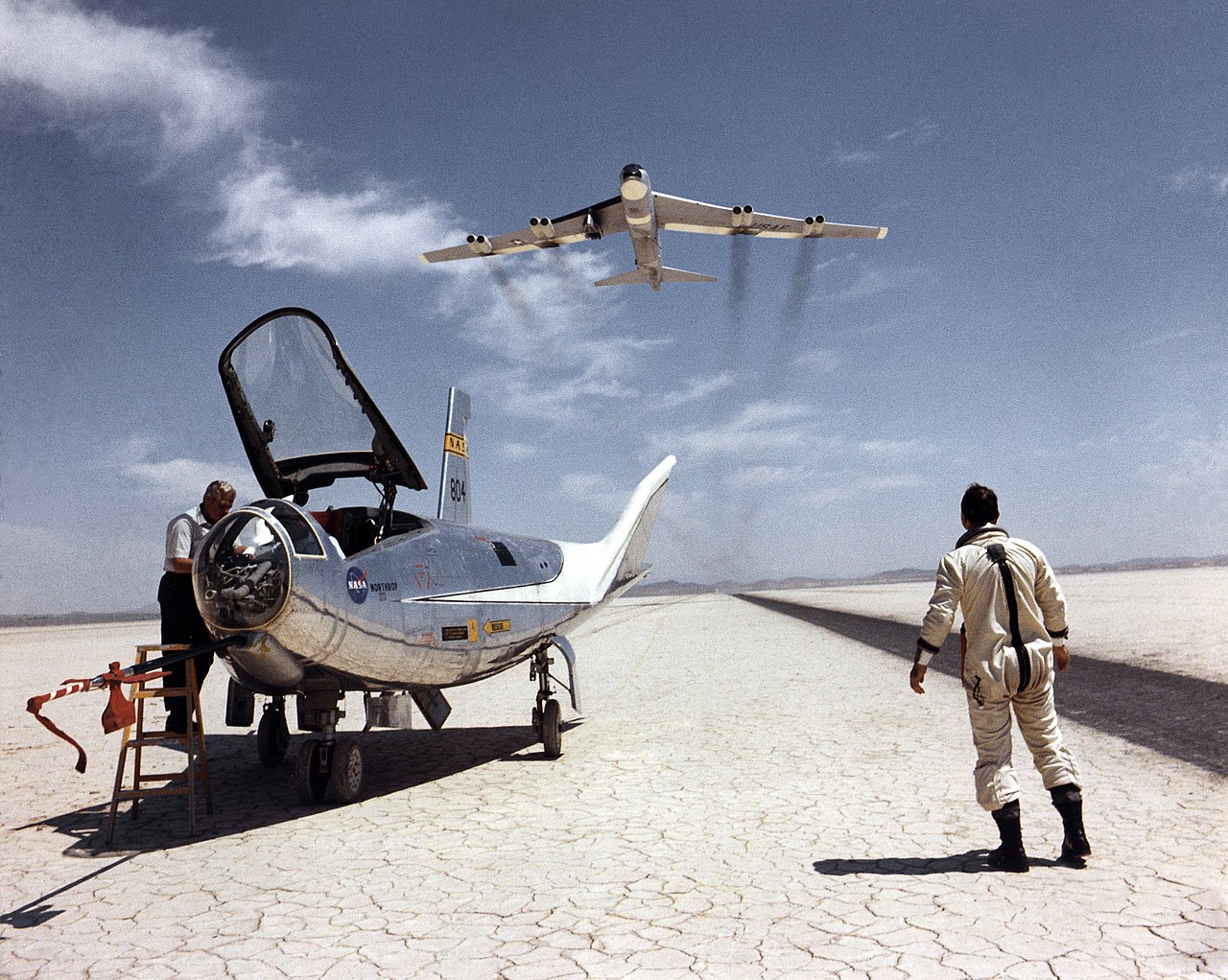
The wingless breed alive and kicking
Series of tests conducted by the space agency under the lifting body program proved that pilots could maneuver and safely land a wingless vehicle at a predetermined site. This research also laid important groundwork for the development of another “flying brick,” the space shuttle, although it featured a delta wing scheme instead of completely relying on the lift generated by fuselage.
Since the closure of NASA program in 1975, the lilting body concept has been revisited many times by European, Russian, and American aeronautical agencies. One of the latest designs, Dream Chaser, is expected to fly in 2023.
